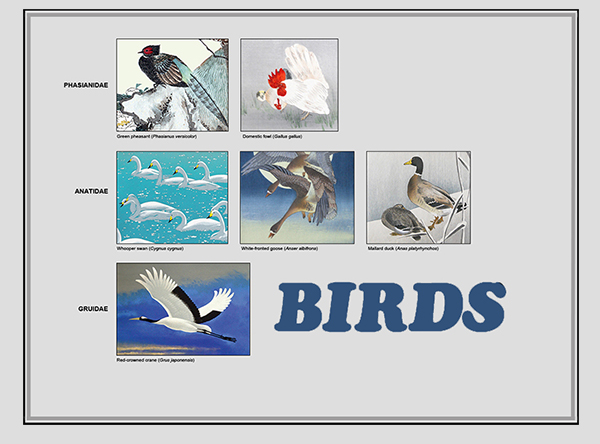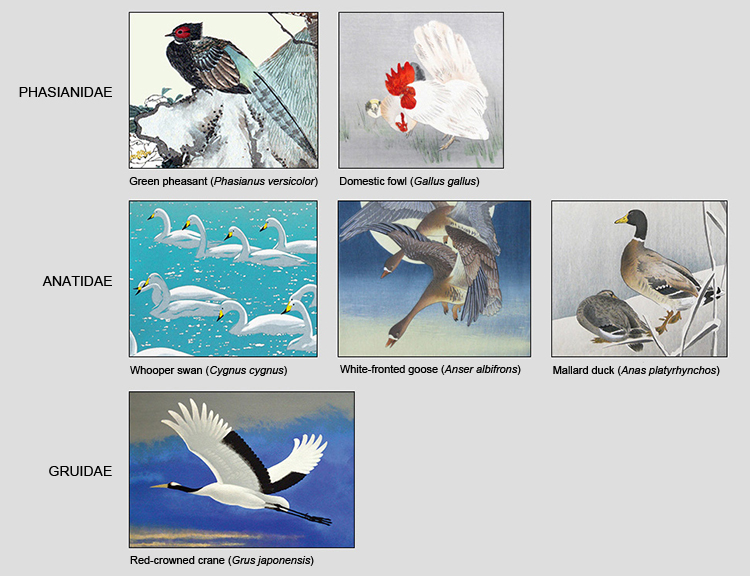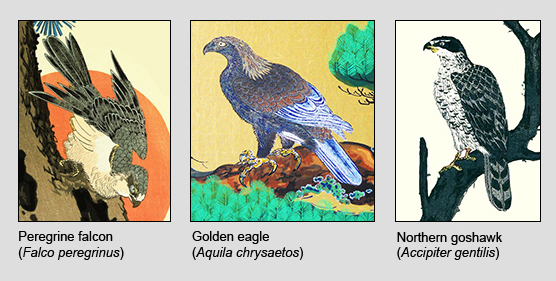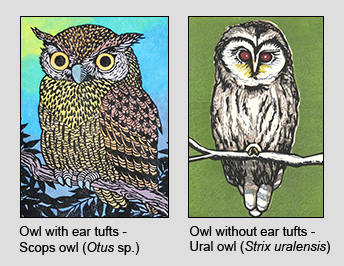Reader Collection > Blog > Birds |
||
 |
||
In Japanese animal art pictures of birds far outnumber those of any other animal type. For example, in woodblock-printed picture books published between 1720 and 1920 two-thirds of animal pictures are bird pictures. There are several possible reasons why birds were chosen more often than other animal types. First, birds are the easiest to see. Other types of animals are less visible because of their aquatic or semi-aquatic habits (e.g., fish, crustaceans, amphibians) or their preference for nocturnal activity and fear of humans (e.g., mammals, reptiles) or their small size (e.g., insects). Second, Japanese mythology give birds a special significance as the carrier of both mythical gods and the human soul to heaven. |
||
 |
||
The popularity of the three bird families mentioned above has remained high throughout the history of Japanese bird art. In contrast, the popularity of some other bird families has changed dramatically, either decreasing (e.g., Falconidae, Accipitridae) or increasing (e.g., Strigidae) through time. |
||
 |
||
The popularity of owls (Family Strigidae) as subjects for bird art has increased dramatically since the 1950s. This increase is likely due to an equally dramatic change in the symbolic meaning of owls in Japanese culture. Today owls are considered to be symbols of good luck and protection from hardship. These associations are based on similarities between a Japanese name for owls (i.e., fukurō) and the words for luck (fuku) and no (fu) hardship (kurō). Before 1950 the negative Chinese association of owls with ingratitude (because owl offspring were thought to eat their parents) was also prevalent in Japan. The two types of owls drawn most often by post-1950 Japanese artists are shown below. |
||
 |
||
To see an illustrated list of bird families appearing in Japanese art click Bird Families A-M and Bird Families N-Z. |
||